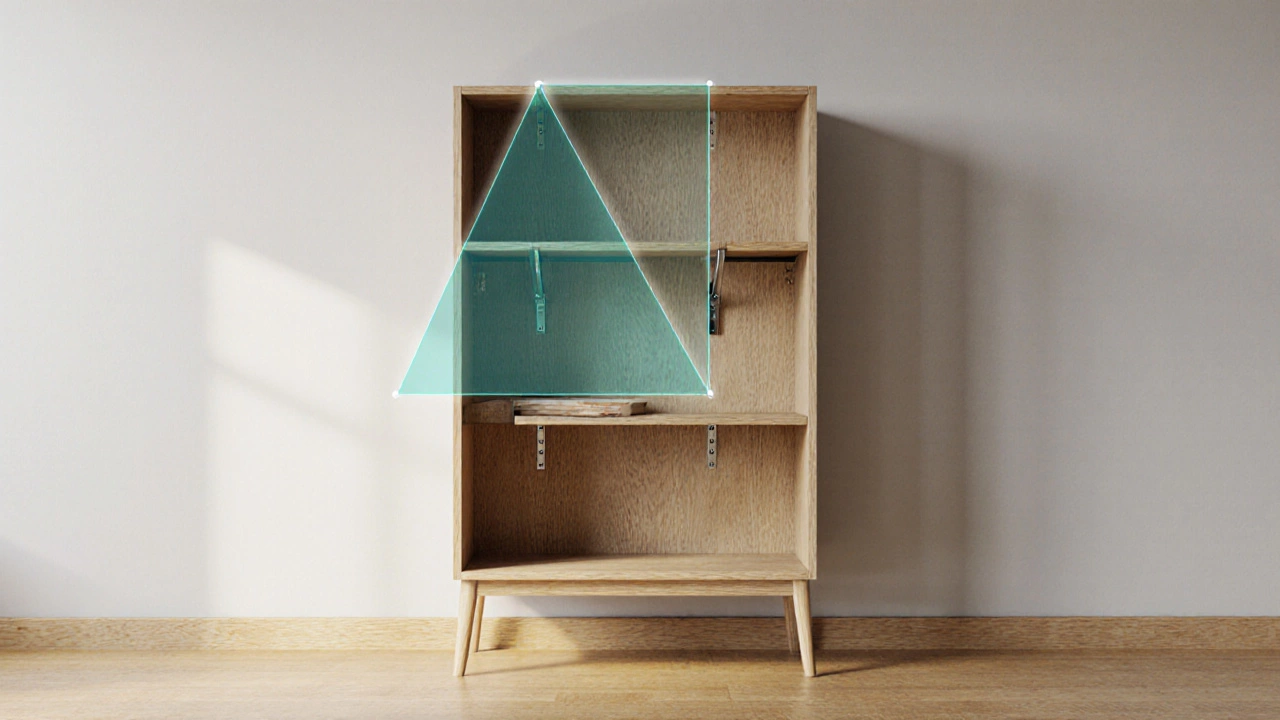Bookcase Stability: How to Keep Your Shelves Safe and Sturdy
When working with bookcase stability, the ability of a bookcase to hold weight without wobbling or tipping. Also known as shelf sturdiness, it plays a crucial role in everyday safety and long‑term durability, you’ll quickly see why it matters. Bookcase stability isn’t just a buzzword; it’s the sum of several key factors. First, load capacity, how much weight each shelf can safely support sets the baseline—exceed it and you’ll feel the wobble instantly. Next, wall anchoring, the method of securing the unit to a wall determines whether a tall bookcase might tip over in a breeze or a stumble. Finally, construction material, the type of wood or metal used in the frame and shelves influences both load capacity and anchoring needs. When these three elements click, the result is a safe, reliable piece that can hold books, décor, or even a small TV without drama.
Practical Ways to Boost Your Bookcase’s Sturdiness
Most people assume a ready‑made bookcase is automatically stable, but the truth is you often need to add a few simple steps. Start by checking the furniture safety standards, guidelines that outline recommended anchoring heights and weight limits for your region—these are often posted by manufacturers or local building codes. Then, measure the distance between the top of the bookcase and the wall; a gap larger than a few centimeters usually means you’ll need brackets or L‑shapes to secure it. If you’re building a DIY unit, choose hardwood or engineered board with a minimum thickness of 18 mm for each shelf; thinner material dramatically reduces load capacity. When it comes to anchoring, a simple steel strap or a dedicated wall‑mount kit does the trick. Drill into a stud whenever possible; it provides a solid anchor point compared to drywall alone. For renters, removable adhesive anchors can still give decent hold without damaging the wall. After you’ve bolted the bookcase, give it a gentle shake—if it still wiggles, add diagonal braces at the back. Diagonal braces act like a triangle, the strongest shape in construction, and they spread weight more evenly across the frame. If you already own a heavy‑duty bookcase, consider redistributing items. Place the heaviest books on the bottom shelves; this lowers the center of gravity and reduces tipping risk. Use decorative bins on upper shelves to keep lighter items off, and avoid overloading any single shelf beyond its rated load capacity—most manufacturers list this in the product details. Finally, regular maintenance matters: tighten screws quarterly, replace worn brackets, and inspect the back panel for cracks. Small checks keep the whole system humming and prevent surprises when you add new décor.
Below you’ll find a curated selection of our latest posts that dive deeper into each of these topics. From detailed guides on buy vs. build bookshelf costs to the history behind chained bookcases, we cover everything that impacts bookcase stability. Whether you’re a DIY enthusiast, a homeowner looking to secure a new piece, or just curious about the best ways to keep your shelves sturdy, these articles will give you actionable insights and practical tips.
Understanding the Triangle Rule for Shelves - Keep Your Bookcase Stable
Learn the triangle rule for shelves, why three support points matter, and how to apply it to keep bookcases stable and safe.
More
